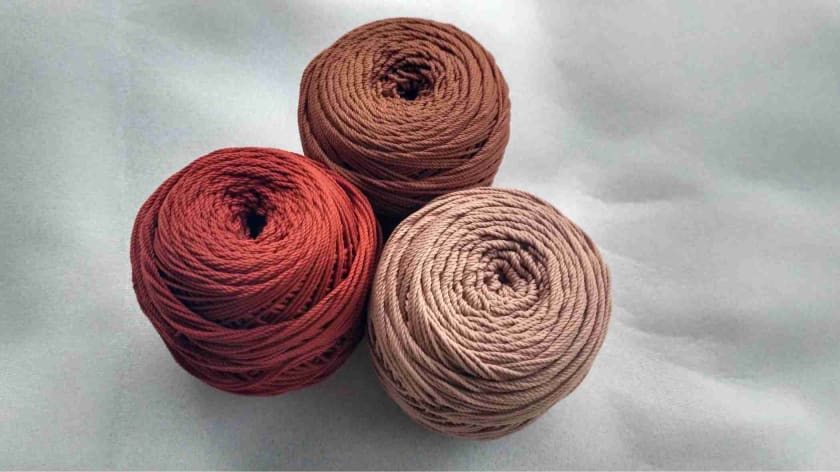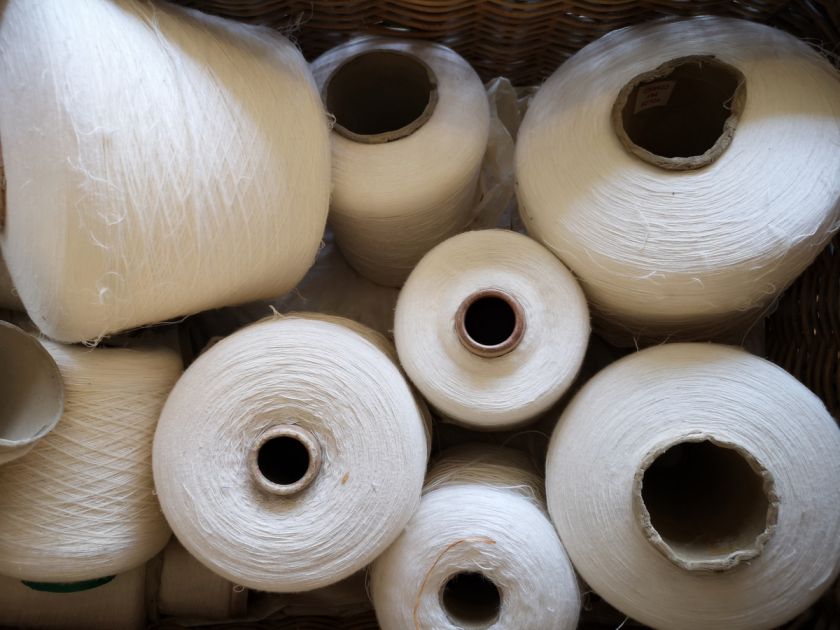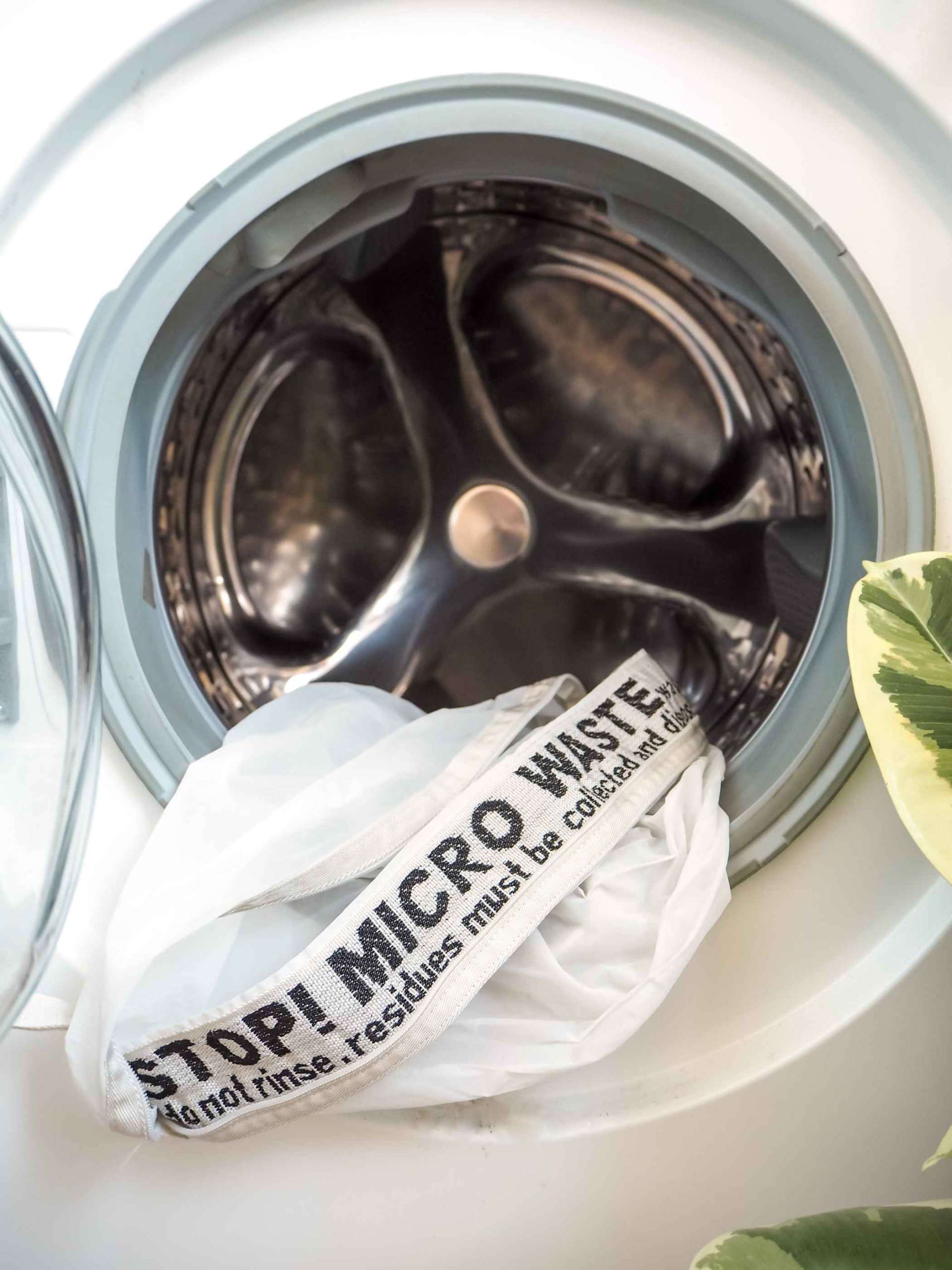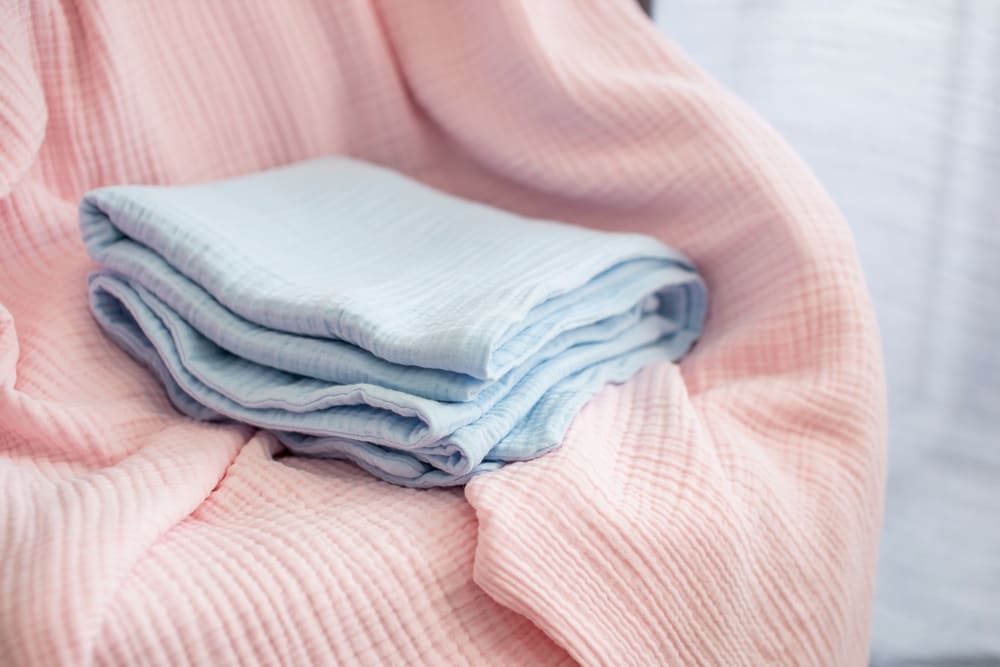100% cotton or Polycotton? What should you pick?



Cotton is a widely used fabric around the world. Since cotton production varies in different parts of the world, there are four different types of cotton fabrics available in a mix, including Black Cotton, Mercerised Cotton, Cotton Jersey, and Polycotton.
Polycotton is a synthetic-cotton mix generally made of 80% polyester and 20% cotton; however, this might vary depending on manufacturers and quantities sourced. A frequent misunderstanding is that products made entirely of cotton are of the highest possible quality.
There is much more to consider when determining if a fabric is suitable for your designs than simply assessing the fabric. You also have to look at the fabric's spin, whether it's already dyed or not, and if so, what kind of dying method was used. However, polyester is disliked by environmentally responsible buyers since it is not sustainable or recyclable because it is a manufactured fabric generated from petroleum-based materials.
Why focus on the material?
Sourcing shirts, pants, or any other apparel item is no easy process, especially for commercial purposes. Color, style and material are all significant aspects that must be considered. In addition, anyone wanting to purchase excellent products for their collection should be aware of the importance and varieties of cloth available.

Combed cotton, for example, is highly popular since it is sturdier, more adaptable, and much more flexible than 100% cotton. It can be used to produce different kinds of apparels and unlike 100% polyester, it does not stick to the skin organically. Polyester, on the other hand, is a versatile fabric that works well with a variety of different materials. Thus, combining the hardness of polyester with the softness of cotton (Poly Cotton) results in breathable and long-lasting clothes.
Where Is the Poly Cotton Blend Used?
Manufacturers combine the greatest features of both and interweave them together to create a fantastic cloth. This fabric is ideal for clothing and home decor.
Mercerization is a process applied to fabrics like cotton, linen, and hemp. The fabric that passes through this process is able to absorb more water (almost 25%), more dye, and hence looks richer and bright. Mercerized cotton and polyester mixes are commonly used in retail apparel and are readily available at retail shops. Shirts and dresses are made of lightweight polycotton blends, while skirts, slacks, and seasonal clothing are made of heavier polycotton blends in various proportions.
Blends are frequently used in commercial apparel, such as business jerseys and sports group uniforms; in this market, a 50/50 ratio is the most common due to its balance of ventilation and endurance.
Bedsheets, pillowcases, placemats, and exhibition canvas are other frequent uses for poly cotton. As previously said, poly cotton is often a 65 percent cotton and 35 percent polyester mix. Still, it may also be found in 50/50 blends, which can occasionally rival the popular 65/35 blend, as seen in the sports garment sector. Quilters will continue to advise you to use just 100 percent cotton, and with good cause. It's simple to use, consistent and shrinks at the very same rate.

Why Is Poly Cotton More In Demand?
#1 It is affordable
Cotton clothing and textiles are generally costlier than synthetic alternatives. Because the polyester component of polycotton isn't harvested, it's more easily available and less expensive than 100 percent mercerized cotton. The durability and texture of both polyester and cotton fibers are combined in two ratios in the poly cotton combination. Although prices vary according to the manufacturer, they are less expensive than other materials. This is the ideal alternative accessible in the market for someone who does not want to spend loads of money on accessories such as scarves.
#2 It is easy to maintain
Polycotton provides the cloth with its softness and makes it breathable and less stuffy. On one hand, polyester fibers offer a sharp texture that helps it to keep its form and structure with fewer wrinkles.
On the other hand, cotton's soft, pleasant-to-touch fabric, breathability, and absorbency make it suitable for mixing with artificial fibers such as polyester, which has excellent strength, corrosion resistance, and wrinkle-free capabilities.
#3 The textures work best together
With poly cotton, you have the perfect combination. The customer can benefit from mercerized cotton fabric's improved aeration and polyester's tear-resistance. Polyester has almost always posed the biggest threat to cotton in terms of competitors.
Conclusion
Cotton and polycotton are among our most popular clothing materials, with several reasons being the wonderful designs possible, the longevity, and, of course, the reasonable price. The answer to whether the fabric is preferable for your usage depends on the sort of clothing you're producing, but know that polycotton offers the perfect mix in terms of cost-effectiveness without losing quality.



















